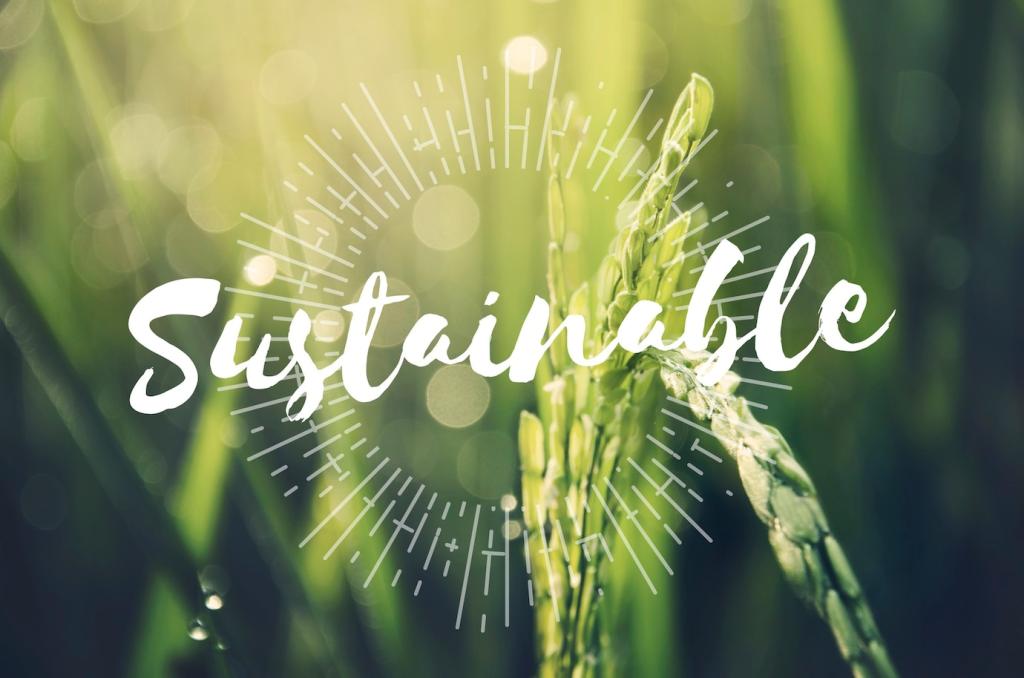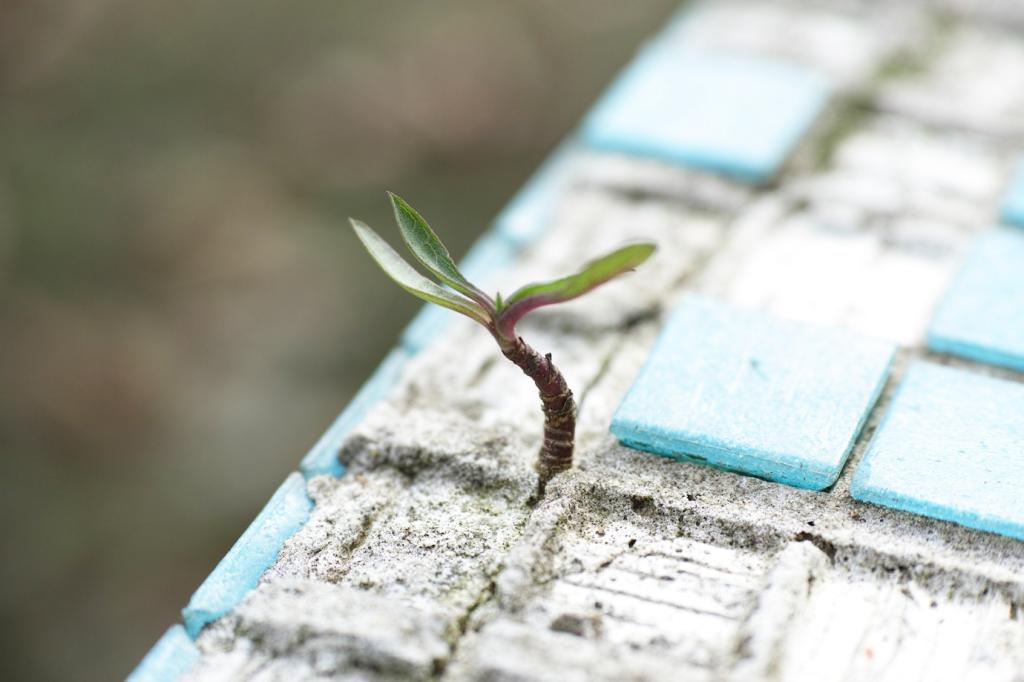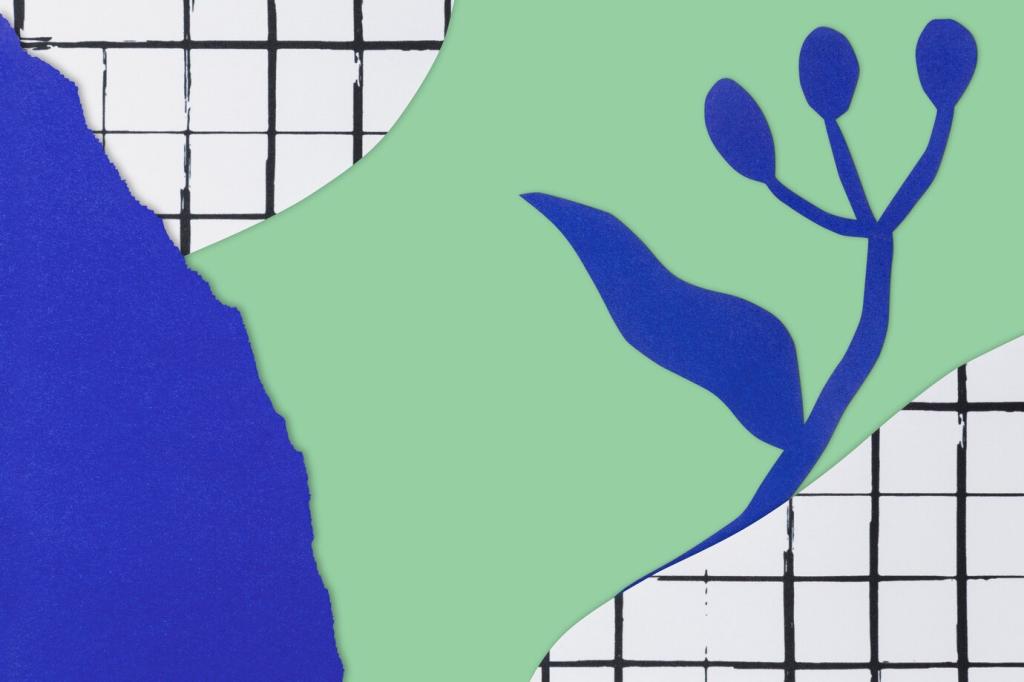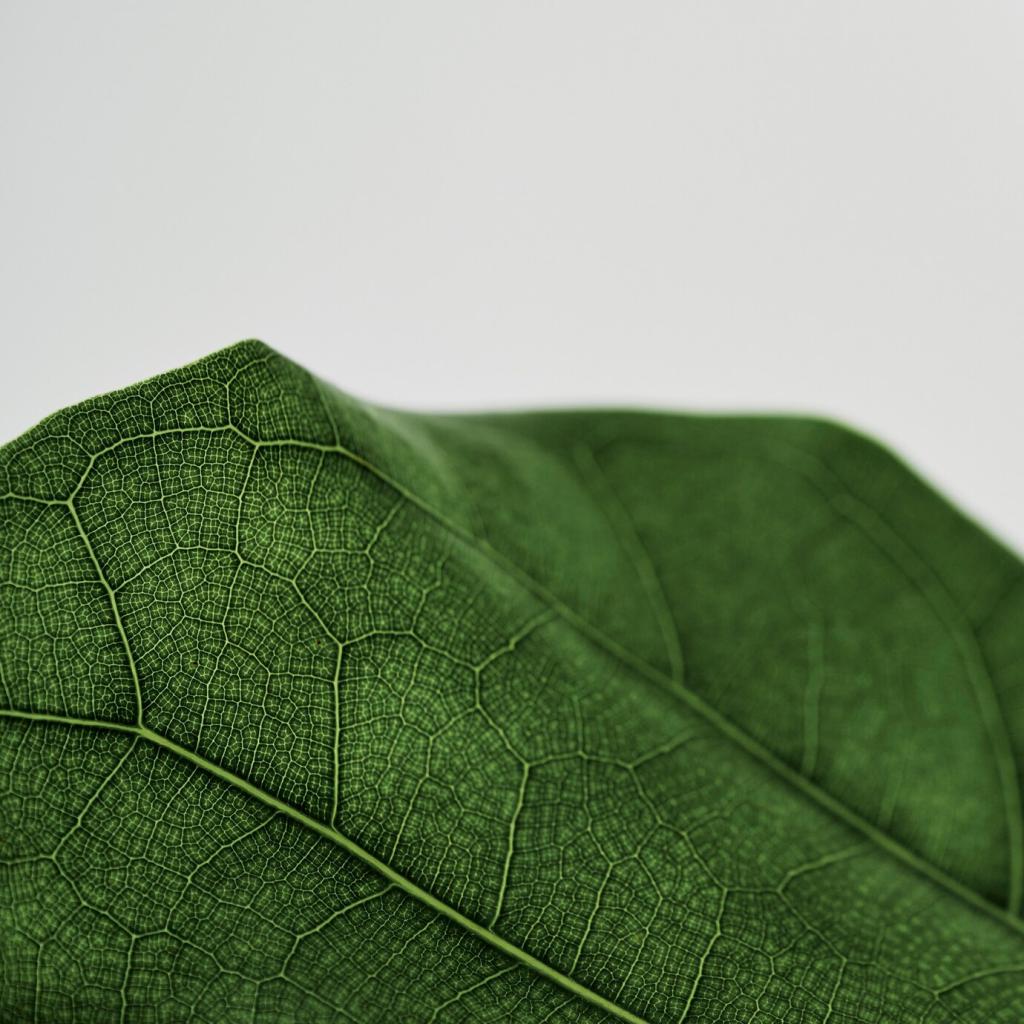Building Tomorrow: Innovative Green Architecture Trends
Chosen theme: Innovative Green Architecture Trends. Explore how forward-thinking design, technology, and community values converge to create resilient, beautiful, low-carbon spaces. Join the conversation, subscribe for updates, and help shape a sustainable built future.
Net-Zero Buildings: From Ambition to Everyday Practice
Setting net-zero goals at concept stage lets architects tune massing, orientation, and envelope to slash loads before adding technology. Early modeling shrinks mechanical systems, saves cost, and captures passive gains that endure over decades.
Biophilic Design That Heals People and Places
Greening Interiors Beyond the Potted Plant
From indoor forests and moss walls to daylight-tuned circadian lighting, biophilic interiors reduce stress and absenteeism. Studies link nature cues with lower blood pressure and improved cognition, turning workplaces into restorative environments that people genuinely cherish.

Circular Materials and Adaptive Reuse
Material passports track provenance, chemistry, and future reuse pathways, enabling safer deconstruction and marketplaces for reclaimed parts. Flexible assemblies replace permanent adhesives, keeping value in circulation rather than in landfills.


Circular Materials and Adaptive Reuse
Transforming old structures preserves embodied carbon and cultural memory. Consider the Tate Modern’s evolution from power station to art landmark, where robust bones welcomed modern systems without erasing the building’s industrial soul.


Passive Strategies for Dense Cities
Deep overhangs, adjustable louvers, and vegetation reduce solar gain while preserving views. Streets aligned for breezes and courtyards that promote stack effect can curb heat islands and cut cooling energy dramatically in hot climates.
Passive Strategies for Dense Cities
Double-skin facades and wind scoops in high-rise buildings enable controlled cross-ventilation even above noisy streets. Occupants report fresher air, fewer drafts, and a stronger connection to shifting weather patterns throughout the day.
Smart Facades and Responsive Envelopes
Electrochromic glazing paired with weather forecasts and occupancy data dynamically manages glare and solar gain. The result is consistent daylight, lower peak loads, and happier occupants who rarely reach for blinds.
Smart Facades and Responsive Envelopes
The Al Bahr Towers feature a kinetic facade inspired by traditional mashrabiya screens. Its responsive geometry shades harsh desert sun while preserving elegance, proving that heritage and high-performance can thrive together.

Water-Sensitive Urban Design and Resilience
Rain gardens, bioswales, and green roofs capture storms, cool microclimates, and foster biodiversity. Pairing them with permeable pavements reduces flooding while creating delightful public spaces that invite lingering after the rain.
Water plazas double as sports courts in dry weather and basins during storms, turning risk into community amenity. Children learn hydrology through play, building civic pride around a shared climate solution.
Map your block’s drainage path, then imagine planters, curb cuts, and pocket wetlands. Share your sketches and subscribe for design templates that help neighbors pitch small, fundable projects to local councils.

Community-Powered Eco-Housing
Shared kitchens, tool libraries, and mobility hubs reduce duplication while amplifying social support. Smart metering and transparent dashboards let residents celebrate collective progress rather than argue over individual footprints.
